I saw some other questions here about DC Block capacitors in LTspice and none of them helped me with my problem.
The question is very simple, why we have a DC offset when using capacitors as DC block in LTspice (even with a parallel resistor)?
The facts:
With Stop time = 10 m (very large!), Maximum Timestep = 0.01 n (very small!):
SPICE log (no floating nodes):
Simulation command:
Is there anything I should fix?
Thanks a lot!






